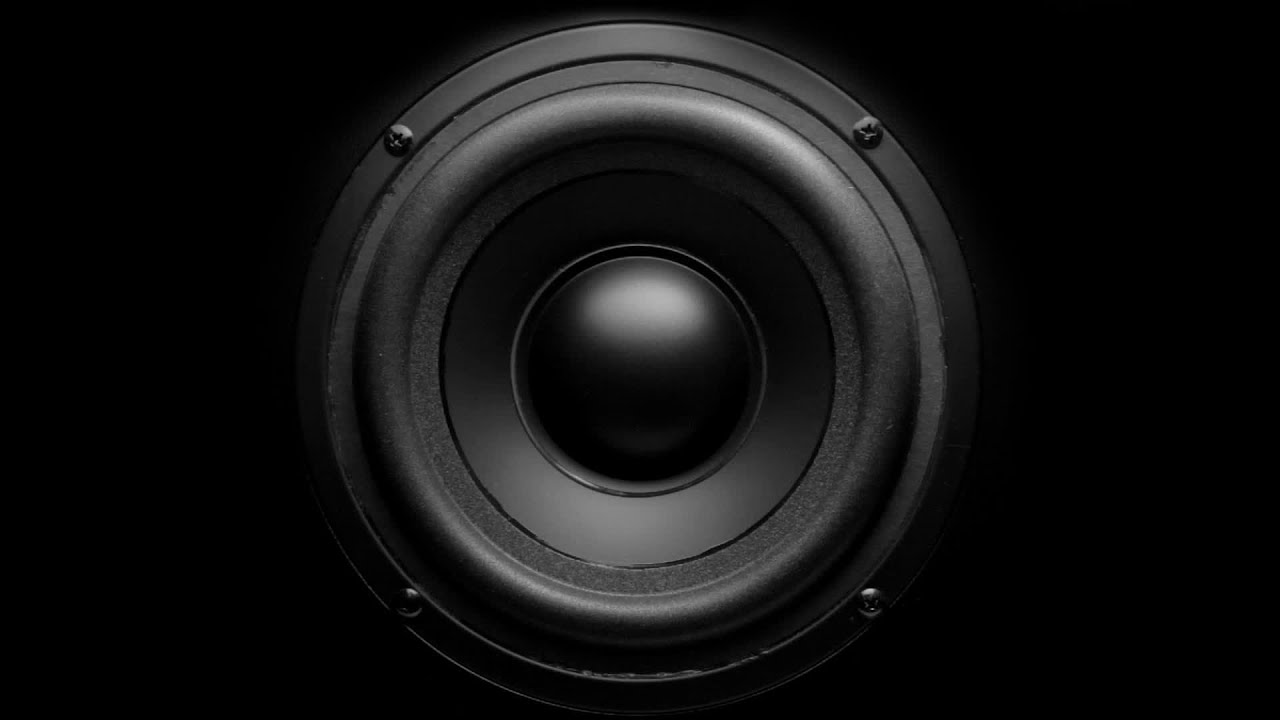The low-end has some of the most important frequencies in a mix. This range is typically filled by kicks, basslines and low pitched sounds like toms. Since these types of sounds often have a lot of overlap in their frequency content, we can’t just mindlessly throw them together. The result would most likely sound muddy and unpleasant.
So, how do we get a nice fat low-end in our track? To understand what goes into producing a solid low-end for your EDM tunes, it’s absolutely essential that the frequencies in our low-end samples and synths don’t clash. This can be achieved in multiple ways, but the first and most important thing to master is proper equalizing. With an EQ, you can carve out certain frequencies from a kick or a bass, in order to make room for the other sound.
Once the sounds no longer clash, they are typically routed into a dedicated low-end buss so that their combined input can be processed further. One of the most common techniques used in EDM is to add a compressor and other effects to “glue” the low-end sounds together.
Tutorial: Low-end mixing
Let’s take a look at a real example from one of our productions. We decided on a kick and a bass sound. Have a listen to both elements playing at the same time:
Something sound off, right? Indeed, whenever both samples play simultaniously, their frequencies clash and result sounds terrible to our ears. If you’ve read our article on side-chain compression, you know that sidechaining is a drastic but very effective technique that can be applied to kick and bass in order to solve this issue. But today we want to take a more elegant approach.
Equalizing the low-end
We will attempt to carve out a space for both sounds, so that they can sit together and sound pleasant even when combined. Let’s start by dropping in a kick and a bassline into our DAW. Note that we’ve chosed for a 4-bar premade bass loop for this example, but you can create your own groovy bassline if you want.
We routed both the kick and the bass channels to an individual buss for mixing and processing. To start, have a look at the spectrum analyzer for the kick:
Notice that peak around 40 Hz? When we check the spectrum of the bass, we see there is a lot of overlap in this area. This is a problem, because the sounds are clashing here. We can fix this by adding an EQ to the kick with a little dip around 40 Hz:
To complement this and gel the sounds together, we do the opposite on the bass. Drop another EQ on the bass channel and boost the sound around 40 Hz. Now listen to the kick and bass playing together again:
Notice the difference? We made room for the lower parts of the bass by removing a few of the those same frequencies in the kick, and boosting them in the bassline. This is how you get your low-end to sound fat and sharp at the same time!
Bus processing
Now that we equalised both elements so that they complement eachother, let’s route their output once again. This time, we want to send both outputs to a new bus so that we can process their combined signals:
Drop a compressor on our new low-end buss. If you don’t know what a compressor is or how to set it up, read this post first. Our compressor VST will gel the elements together even more by squashing the peaks of the sounds. Have a listen:
Tight and fat, just like we wanted! Have fun experimenting with this.

No responses yet